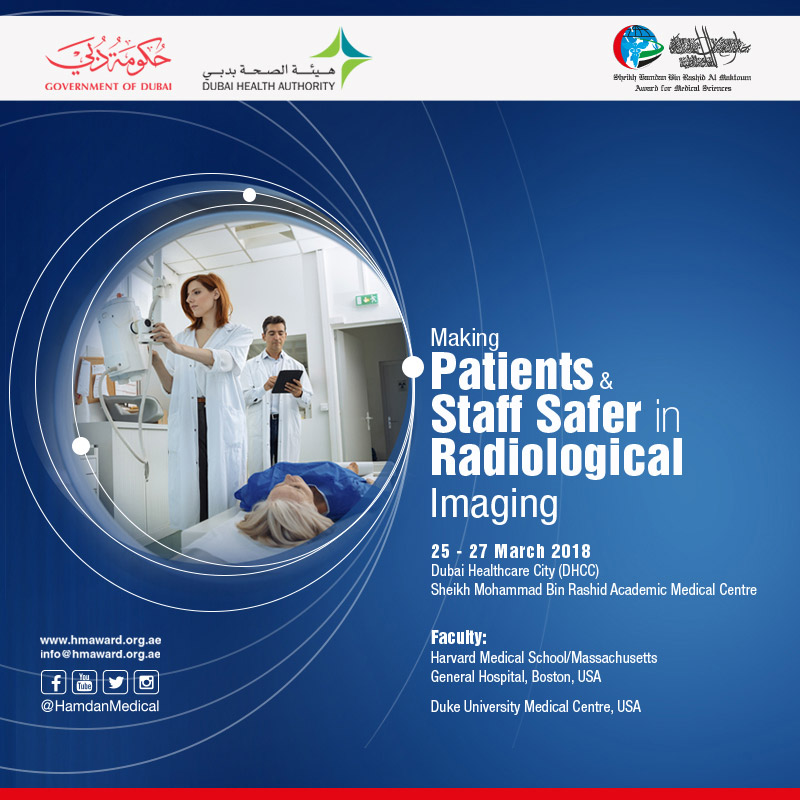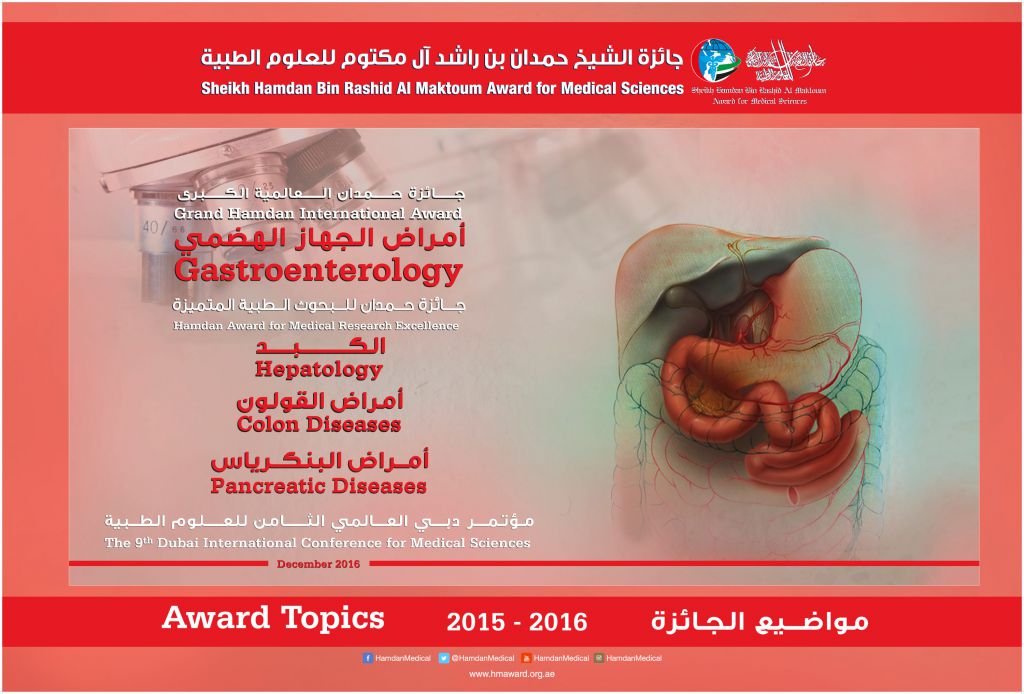

A pioneer in the investigation into the gastrointestinal system was the American physician William Beaumont (1785-1853), a student of the prestigious London and Edinburgh Universities. He worked in the Army Hospital in Fort Mackinok on the American-Canadian border where he saw a patient with an abdominal gunshot wound and a stomach fistula. Beaumont sought the permission of the patient to leave open the fistula to enable him to study the stomach and examine its contents. In July of 1822 Beaumont became the first to perform experiments in the physiology of digestion. As a result he was able to isolate hydrochloric acid from the stomach juice, and discover the connection between the stomach secretion and emotional changes and made the first attempt to describe stomach motility. He wrote a book entitled The Physiology of Digestion which at the time was seen as a breakthrough work in the field of experimental gastrology.
In the 19th century the foundations of a new physiological school were established. It happened mainly thanks to the support of French and German scientists who were connected with the greatest schools and institutes. In 1813, François Magendie (1783-1855), professor of pathology in College de France gave a detailed description of the swallowing and vomiting mechanism and in 1844 showed that food is first digested in the bowel and then is transported through the portal vein to the liver.
Claude Bernard (1813-1878), who was a student of Magendi, is known as the creator of
modern physiology, studied endocrine secretion, neurophysiology, the methodology of experiments and experimental pharmacology, which became new medical disciplines. Examining physiological function of the liver he discovered its ability to synthesize and store glycogen. In 1849 he performed the first glucose injection into the fourth chamber of the brain (so called the Claude Bernard injection), causing a rapid and significant increase in the blood sugar level, due to the sudden glycogenolysis in the liver. His very impressive achievements include, chronologically, the investigations of the enzymatic functions of the liver and the pancreas, the discovery of the digestive function of the pancreas (1856) and the reflux of the bowel contents to the pancreatic duct, which causes severe acute inflammatory changes in the gland.
The isolation of the spiral, rod bacterium, which is characteristic of gastric cancer and peptic ulcer disease, was another very important discovery made in 1889 by a Polish scientist, Professor Walery Jaworski (1849-1924), of the Jagiellonian University. He called the newly discovered bacteria Vibrio rugula and also found them in the sediment of specimens from the gastric contents. In 1983 two Australian scientists from Royal Perth Hospital - Robin Warren and Barry Marshall - proved that the stomach mucosa could be colonized by the spiral bacteria named Helicobacter pylori which were capable of developing inflammatory changes and cause disturbances in the gastric juice secretion. Many other seminal discoveries were made including the proton pump by John Forte.